In the 1930s, Fifth Avenue presented a study in contrasts. The Great Depression had cast a long shadow over New York City, yet the famous avenue fought to maintain its status as the world’s premier street of luxury. It was a place where the new, soaring ambition of Art Deco skyscrapers stood alongside the quiet desperation of the unemployed, and where the city’s remaining wealthy continued to shop in elegant stores.
The most dramatic change to the avenue’s skyline was the completion of the Empire State Building in 1931. Located at 34th Street on the former site of the original Waldorf-Astoria Hotel, the 102-story skyscraper became the tallest building in the world. Its sleek Art Deco design was a symbol of hope and engineering prowess, even as its office space remained largely empty for years due to the economic crisis, earning it the nickname “The Empty State Building.”
A few blocks north, another massive construction project began to take shape. Work on Rockefeller Center, a huge complex of 14 Art Deco buildings, started in 1931. While most of the complex was built between Fifth and Sixth Avenues, its formal entrance, the Channel Gardens, provided a grand promenade leading directly from Fifth Avenue to the central plaza with its famous ice-skating rink and, later, its towering Christmas tree.
Read more
The luxury retailers that lined the avenue adapted to the new economic reality. Stores like Saks Fifth Avenue, Tiffany & Co., and Cartier continued to operate, their window displays as elaborate as ever. These windows became a form of free entertainment for the public, who would stroll the avenue to admire the fantastical displays of jewelry, furs, and imported fashions they could no longer afford. While the crowds of wealthy shoppers thinned, a core group of the city’s elite still made purchases, keeping the luxury economy alive.
On the sidewalks, the social landscape changed. Alongside the finely dressed men and women emerging from the high-end stores, unemployed men stood on street corners, selling apples for a nickel apiece. This became a common sight throughout the city, and its presence on the nation’s most glamorous street was a stark reminder of the widespread hardship.
The trend of replacing grand family mansions with luxury apartment buildings accelerated during the decade. The Gilded Age mansions of “Millionaire’s Row” on the Upper East Side were expensive to maintain, and many were demolished. In their place rose fashionable and more practical multi-story apartment houses, catering to wealthy residents who preferred a different style of living. The annual Easter Parade continued its tradition, though with a more subdued tone. New Yorkers still dressed in their finest clothes to promenade on the avenue, but the extravagant displays of the previous decade were tempered by the realities of the time.





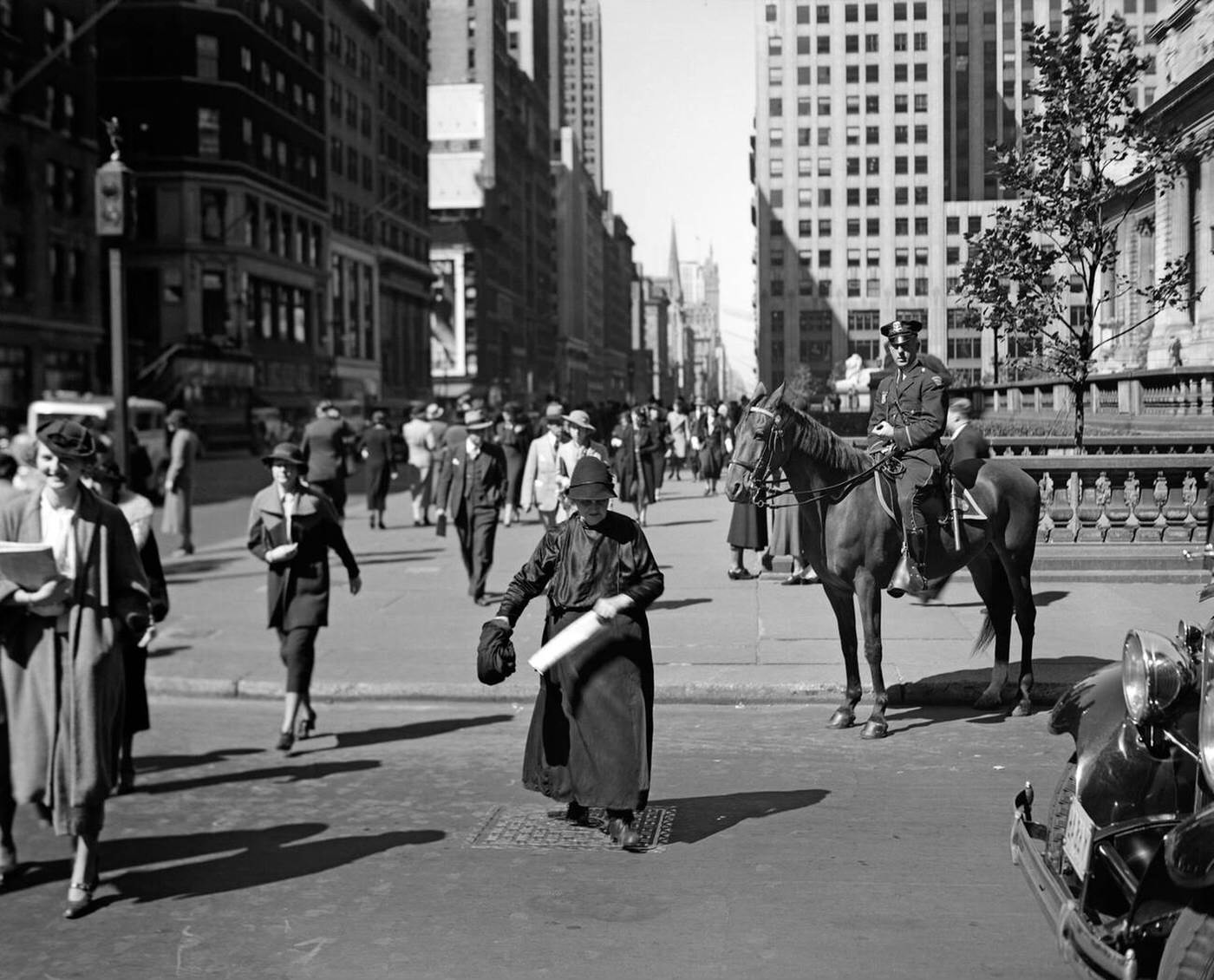
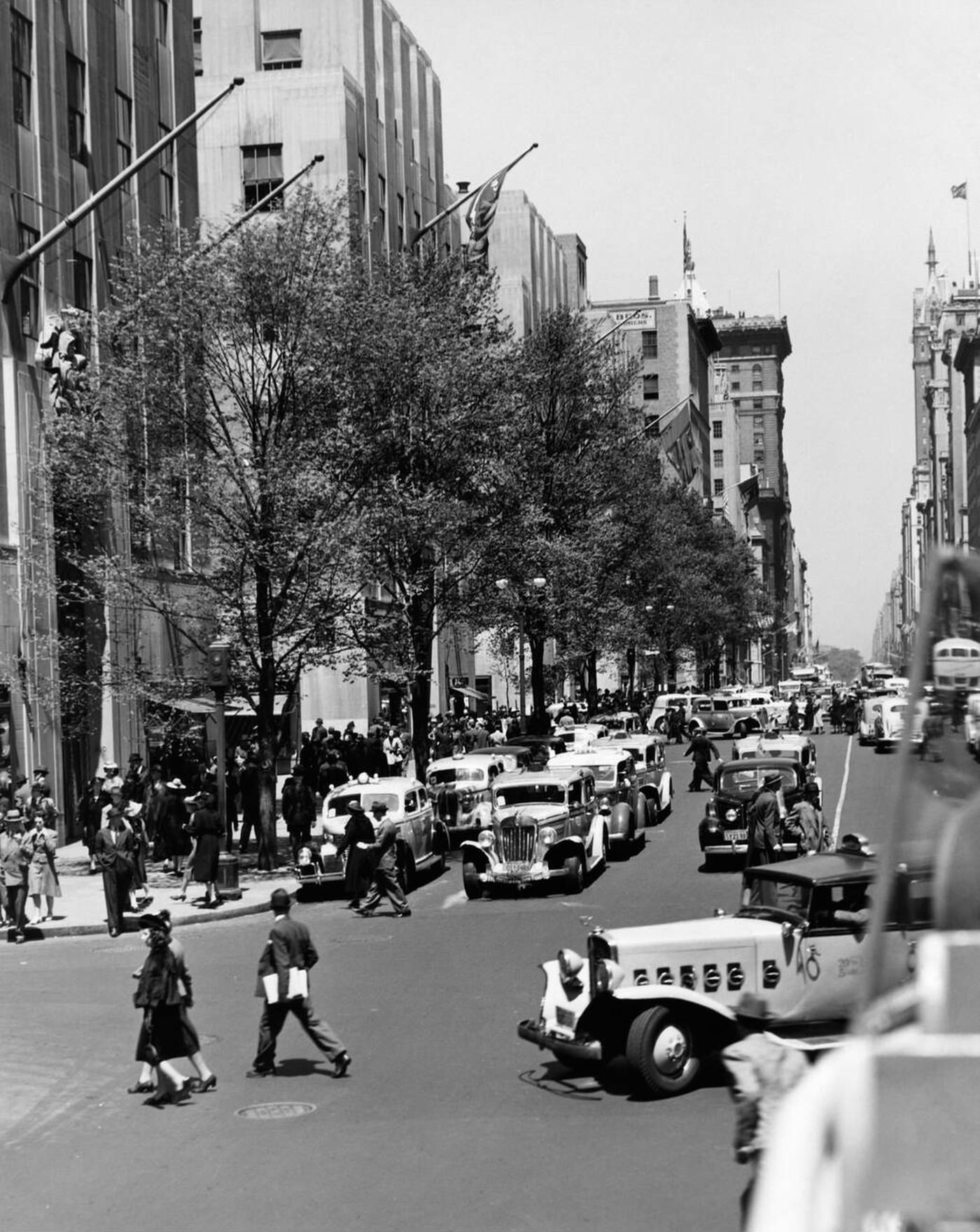
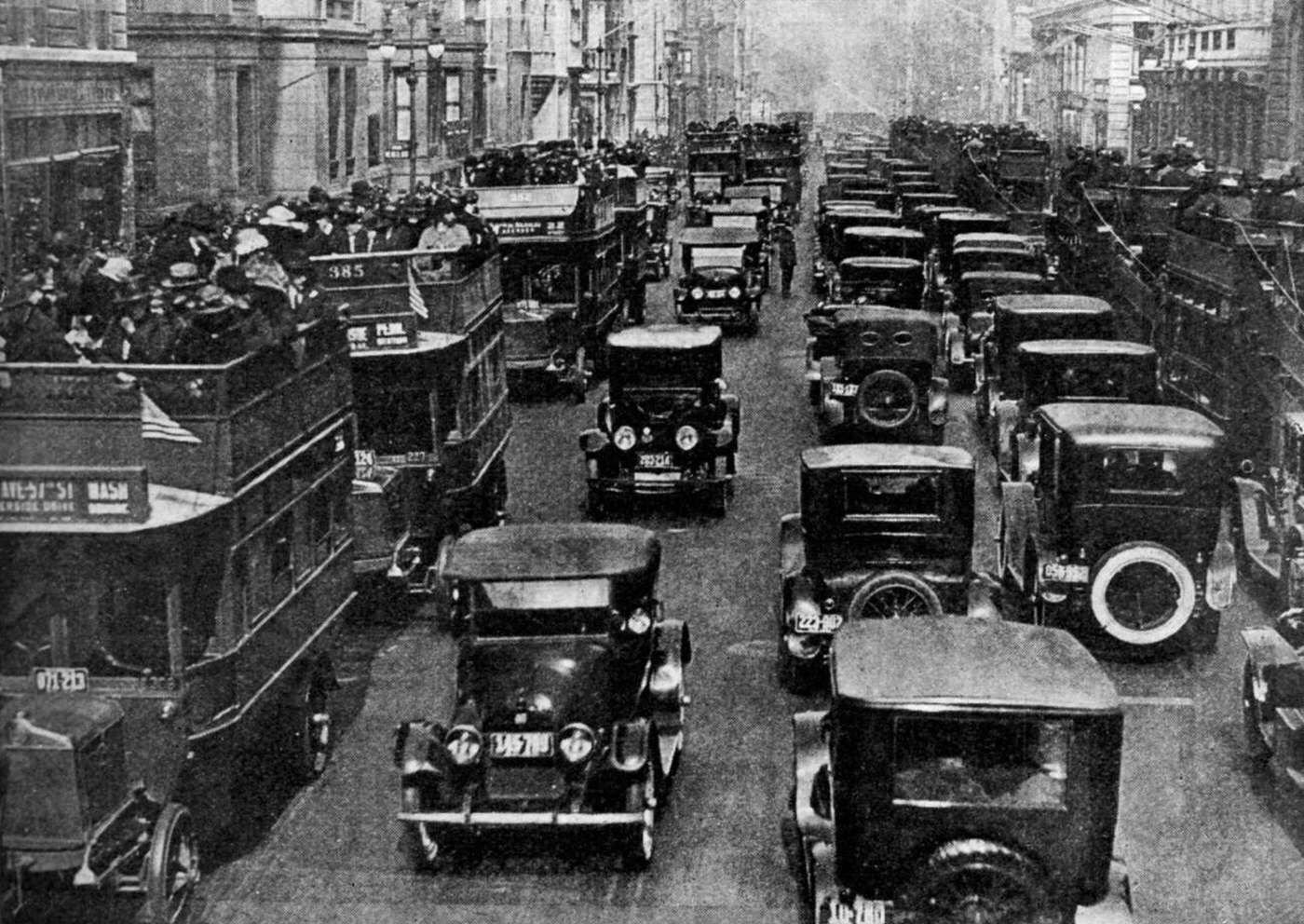

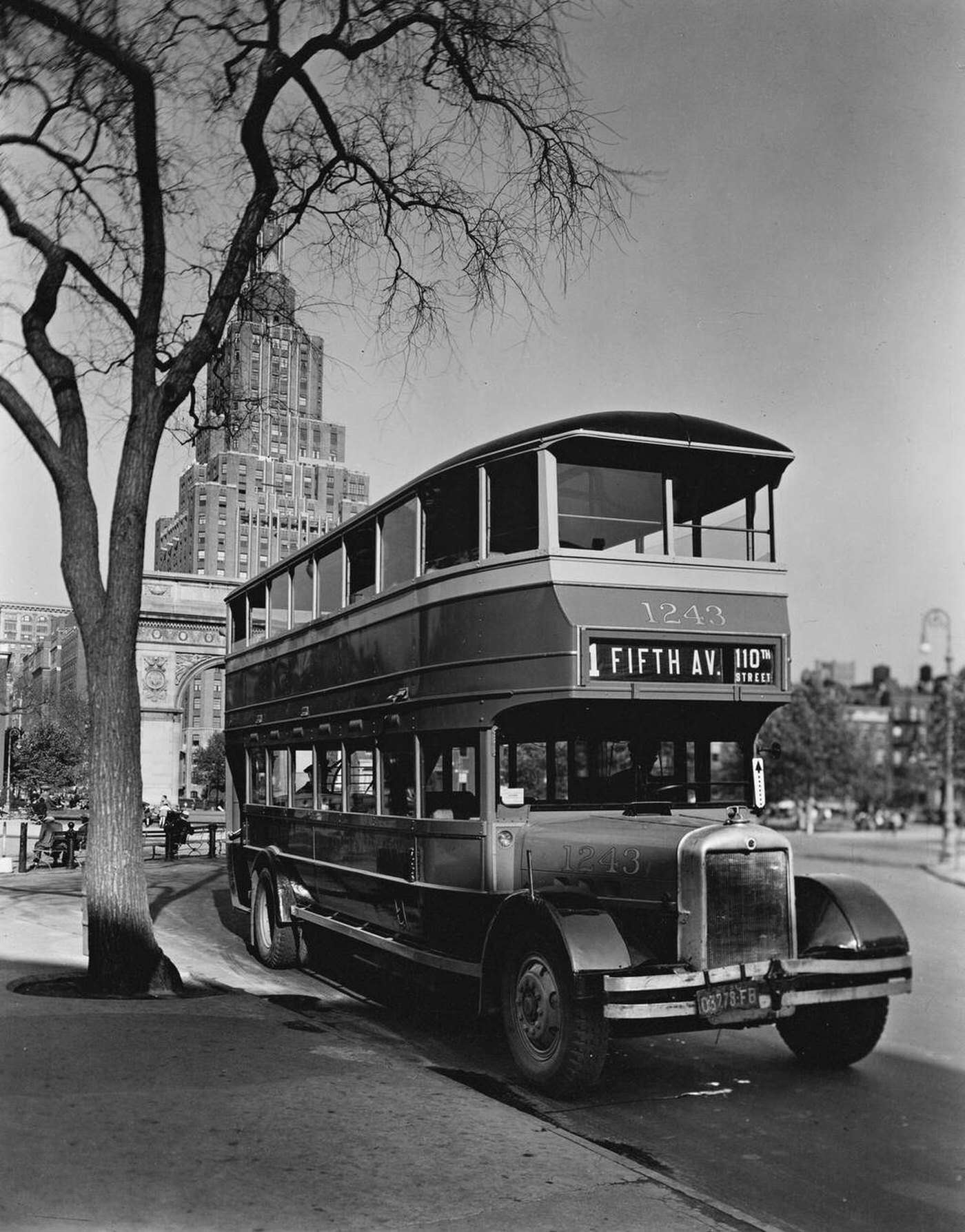
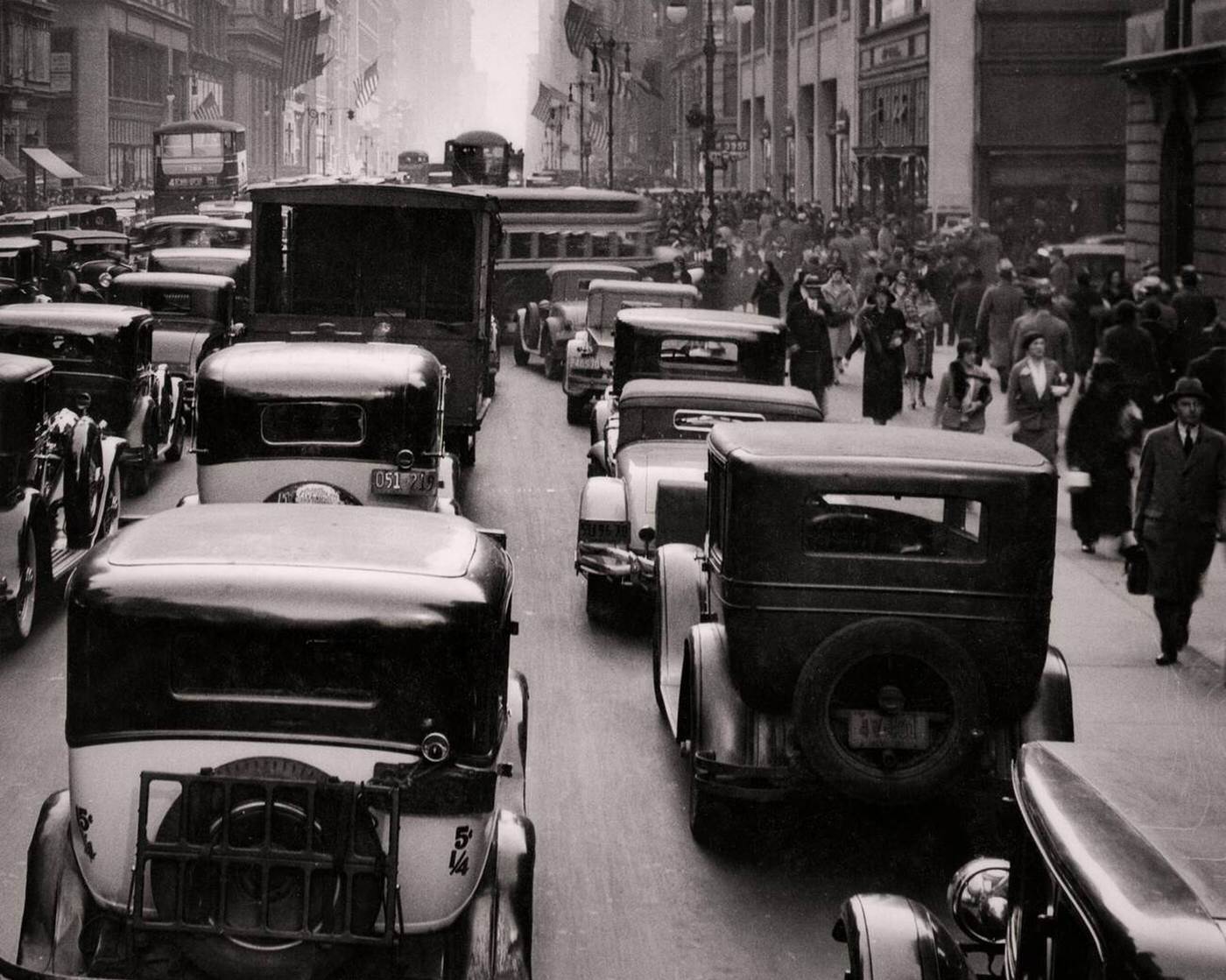
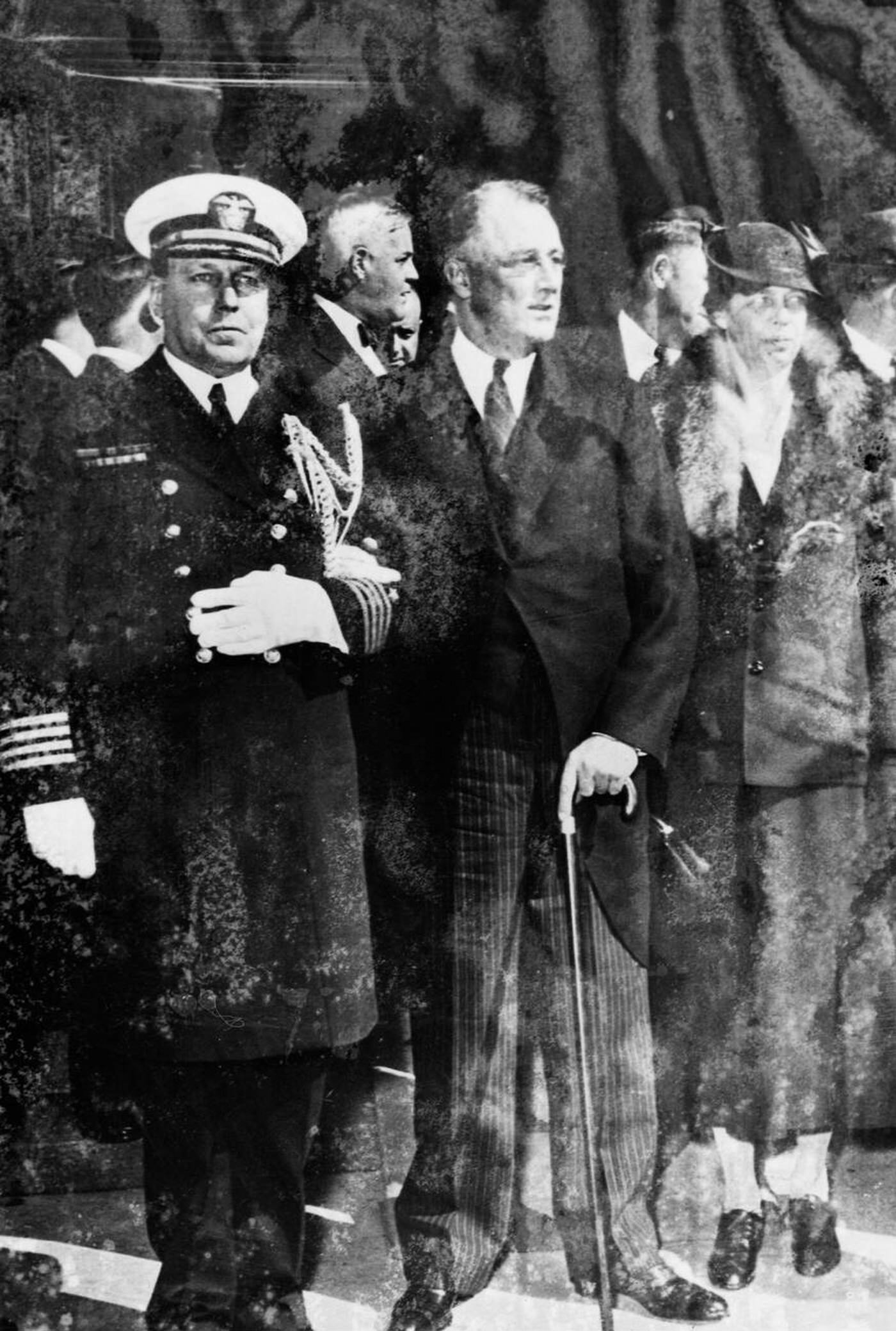
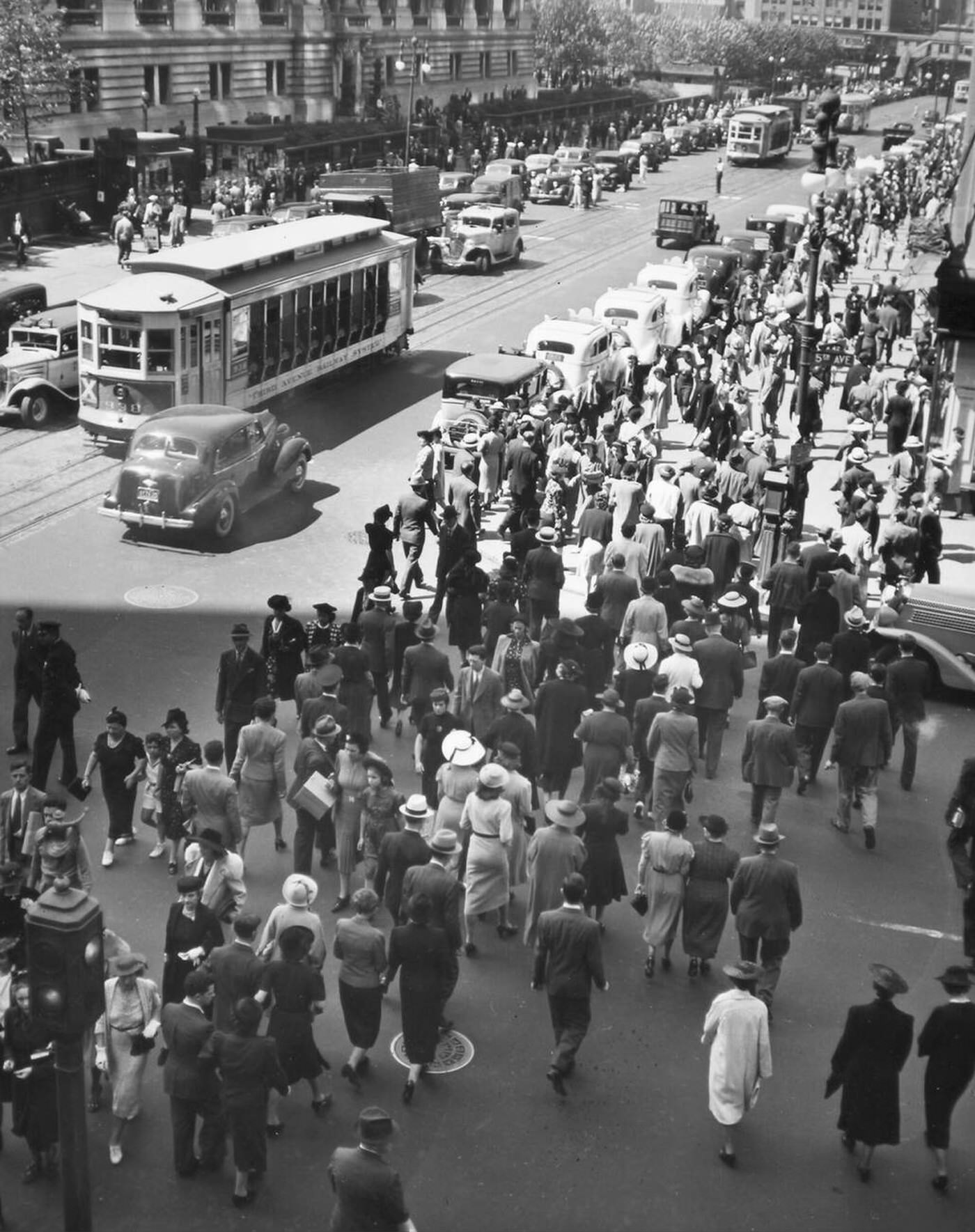
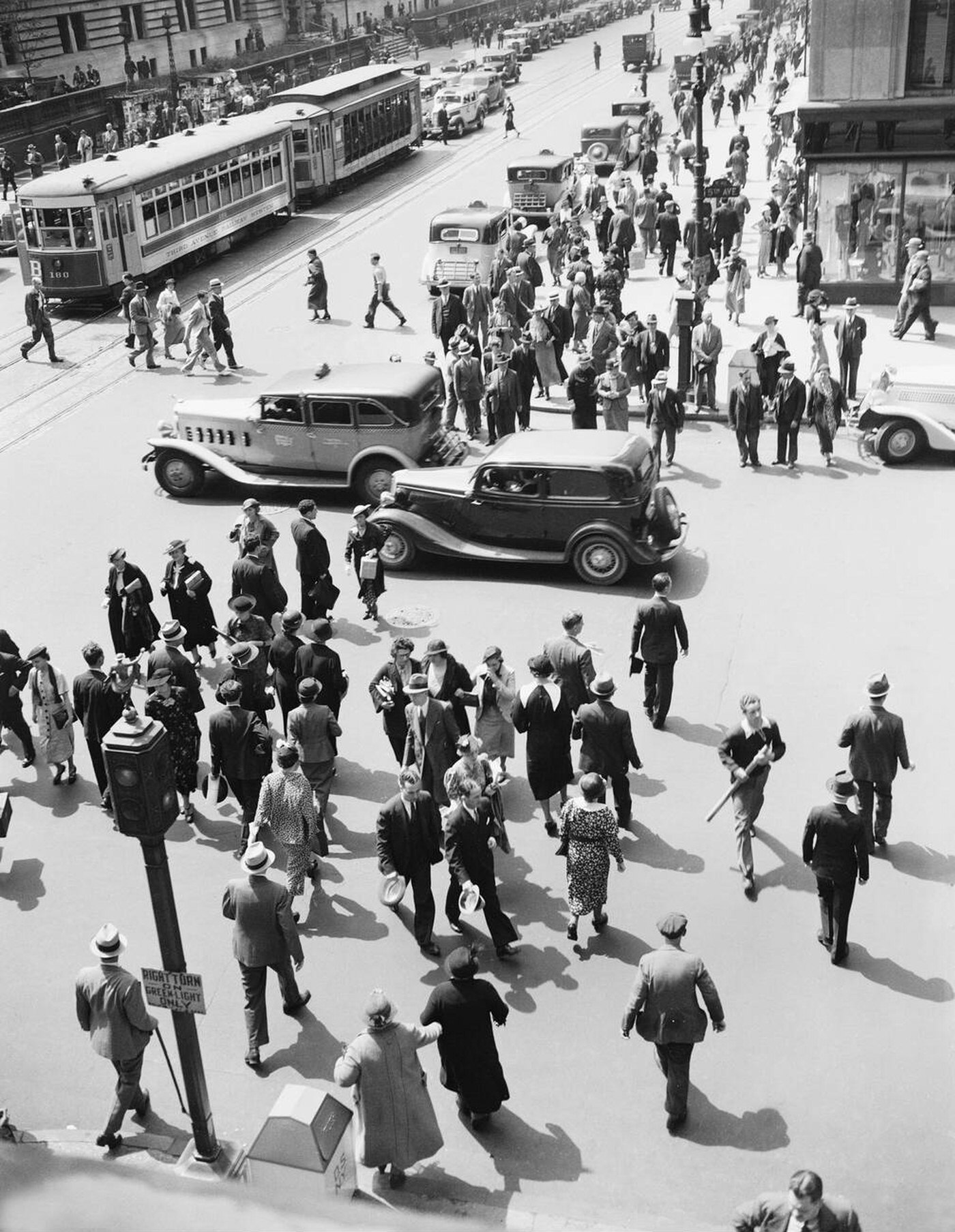
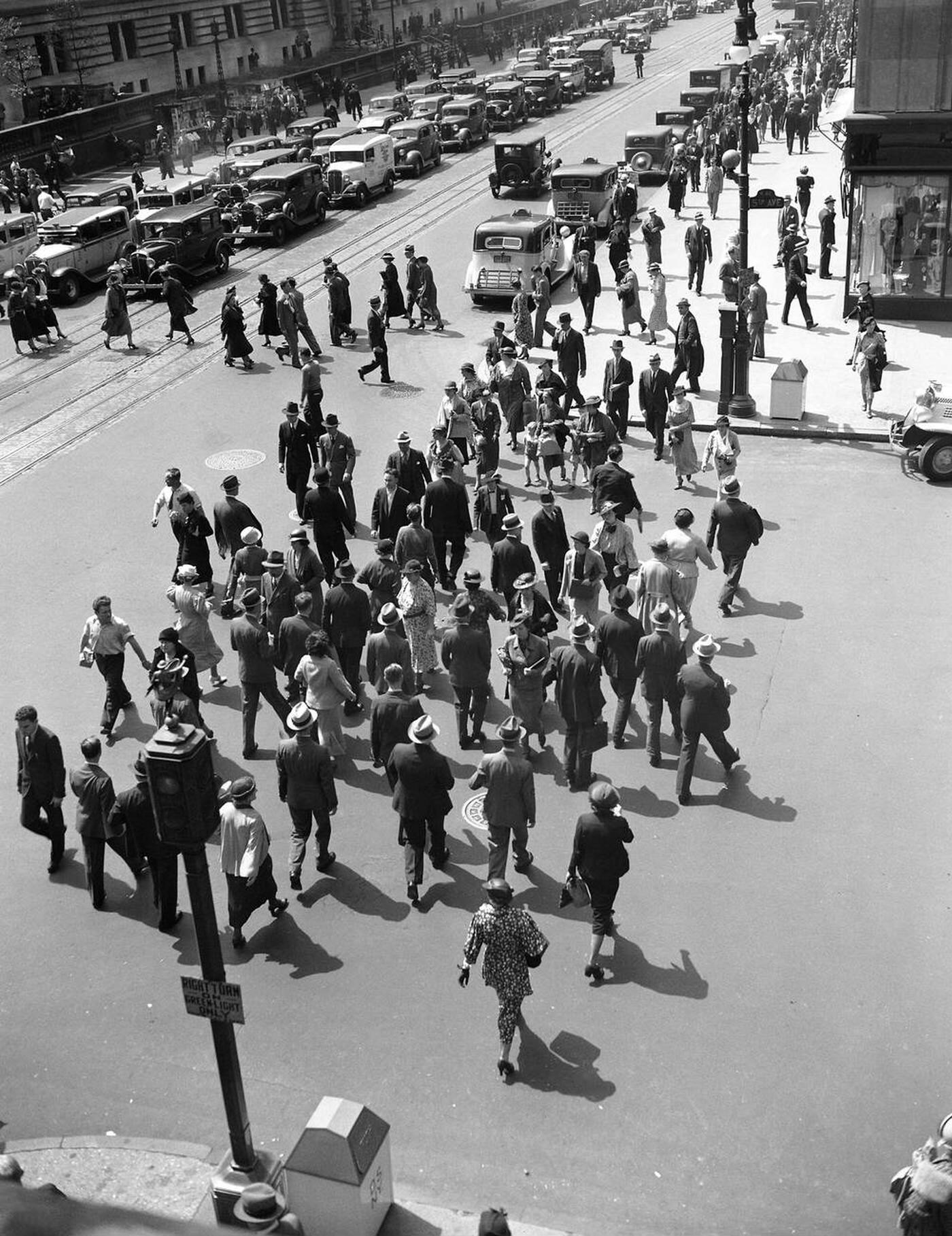
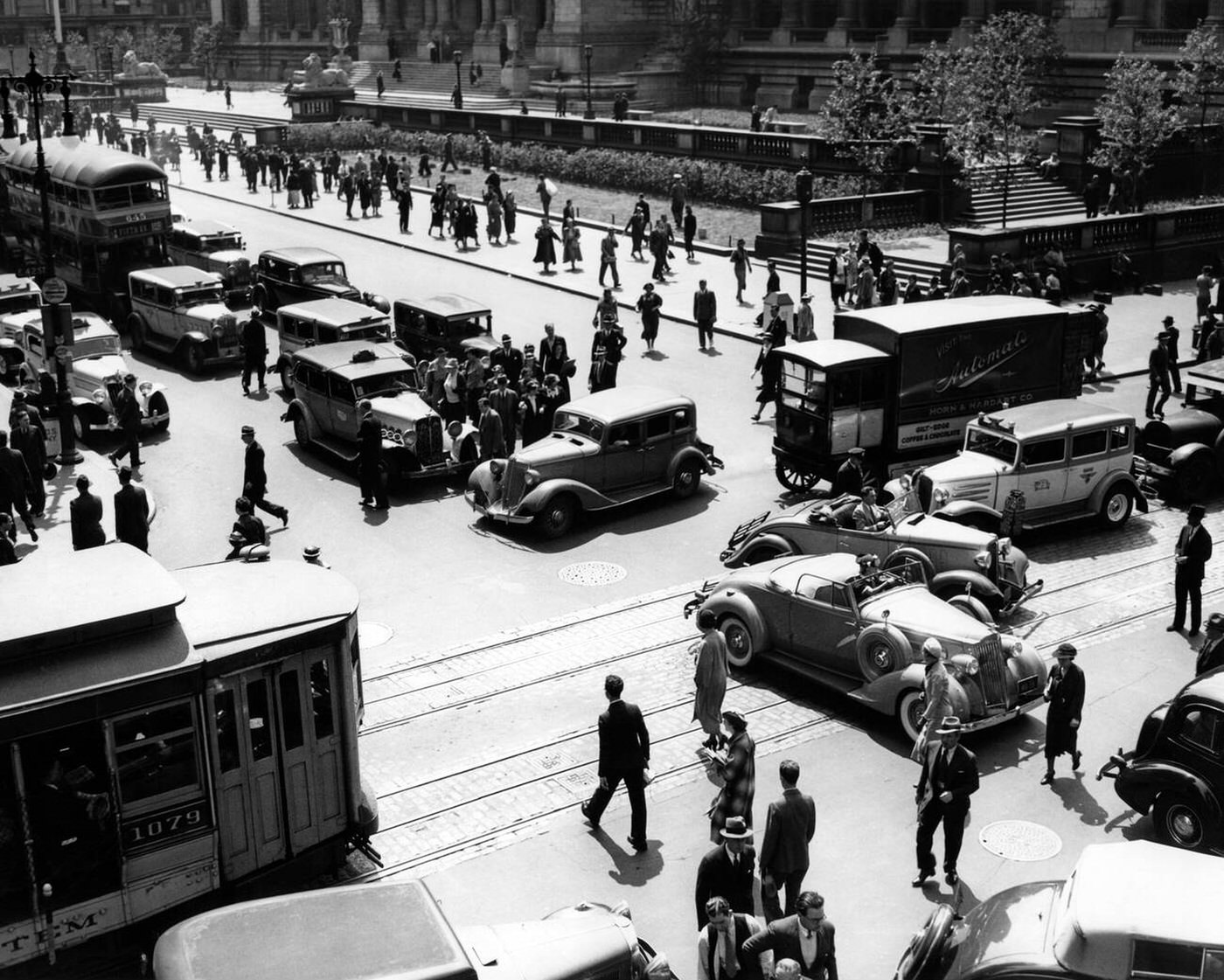
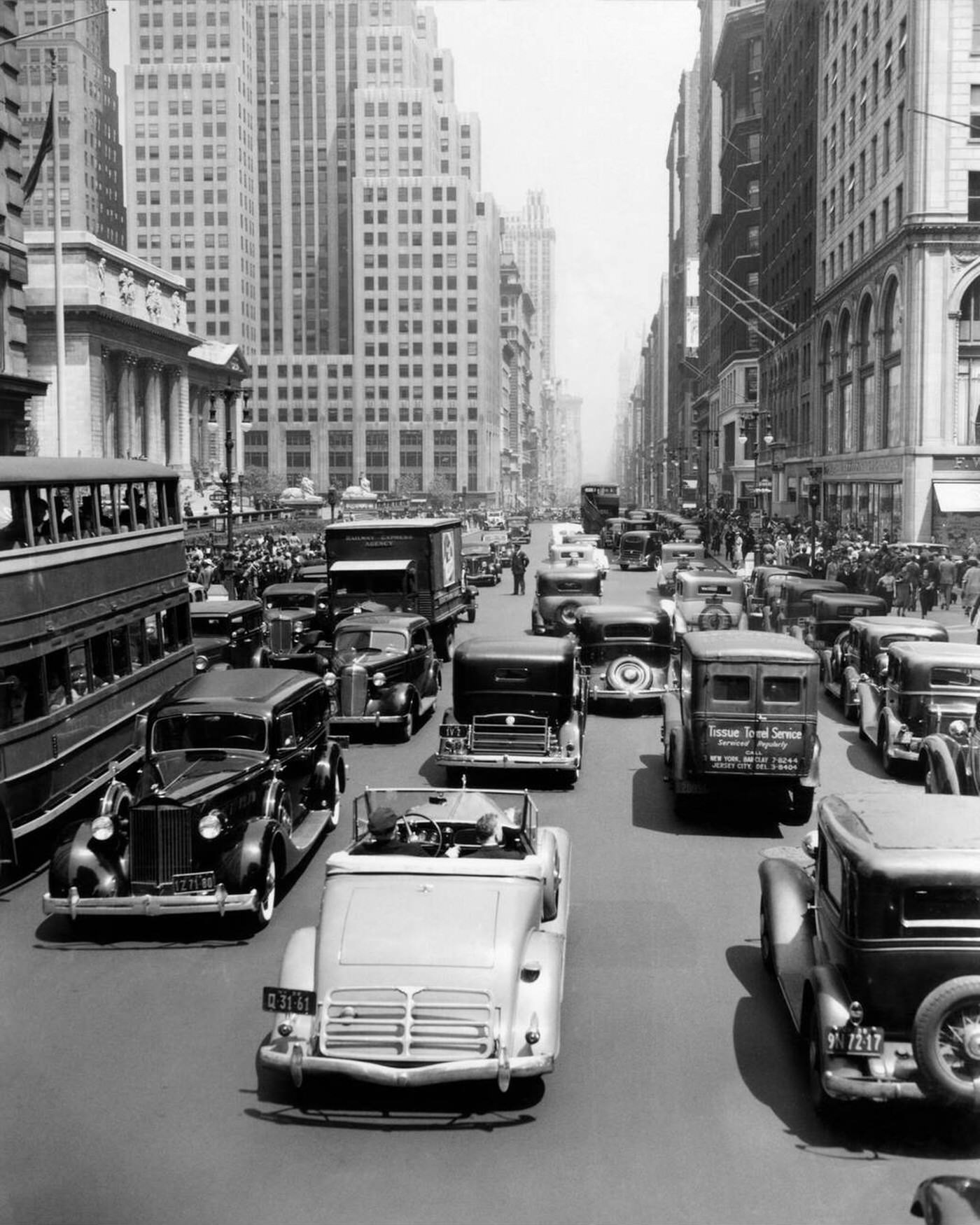
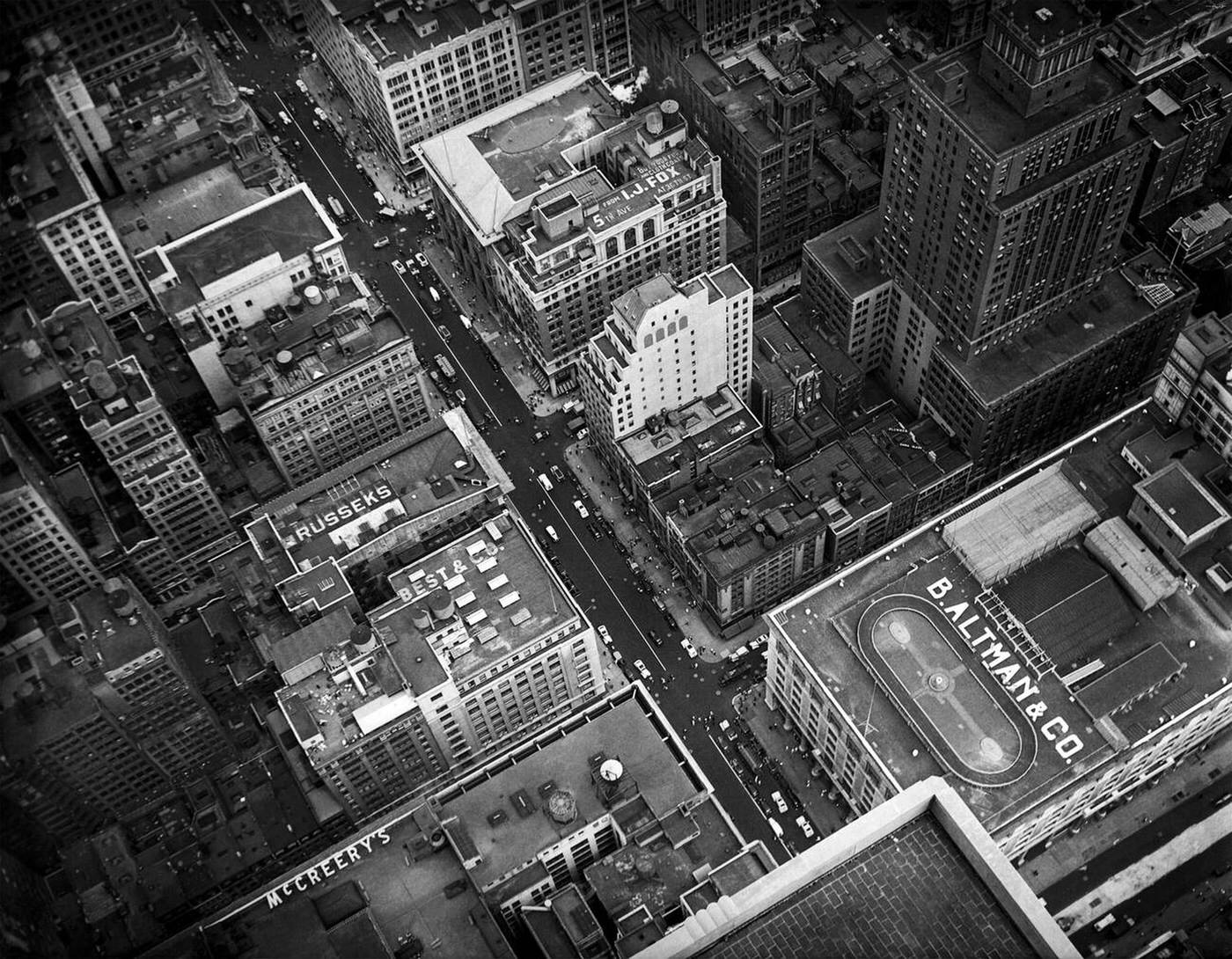
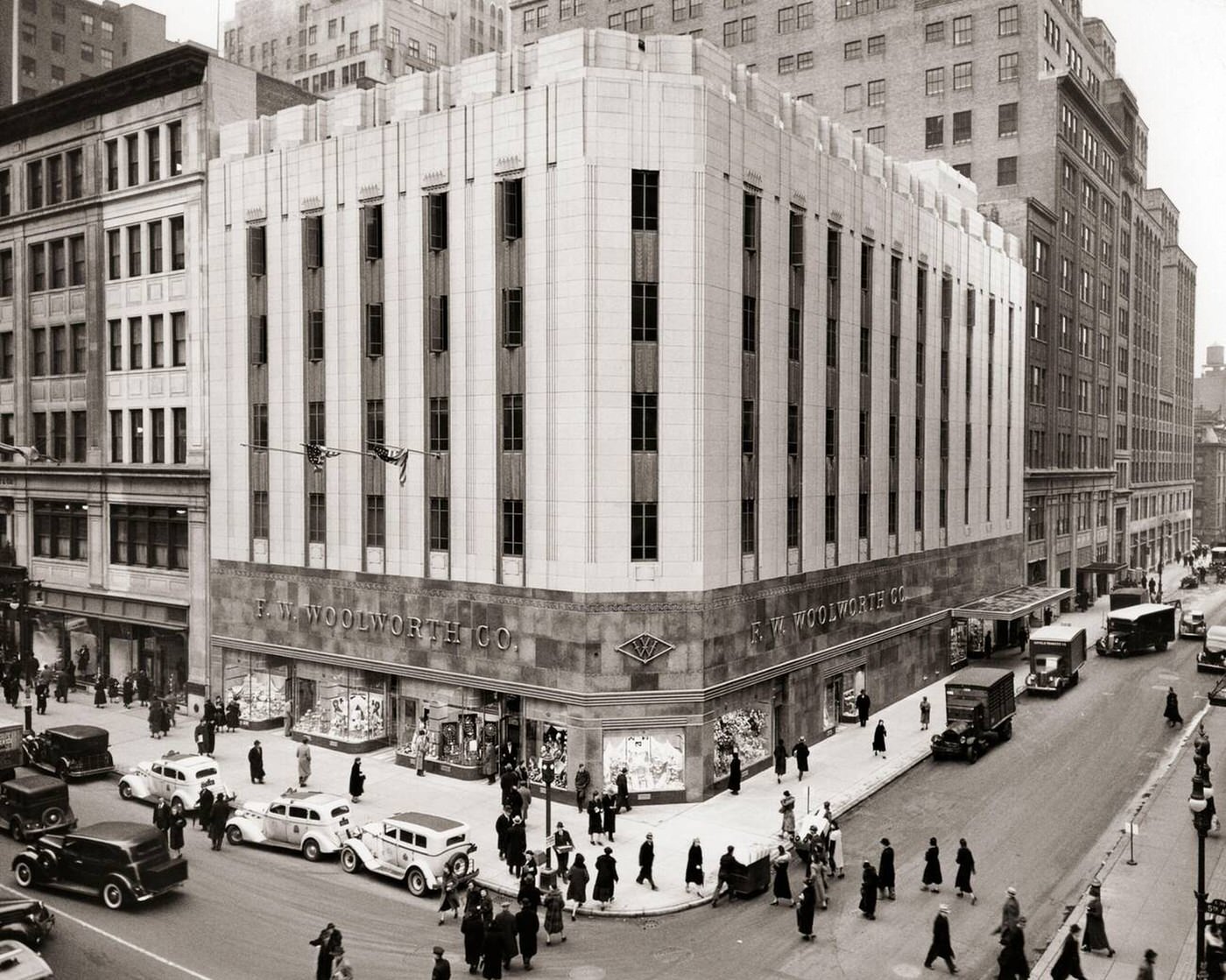
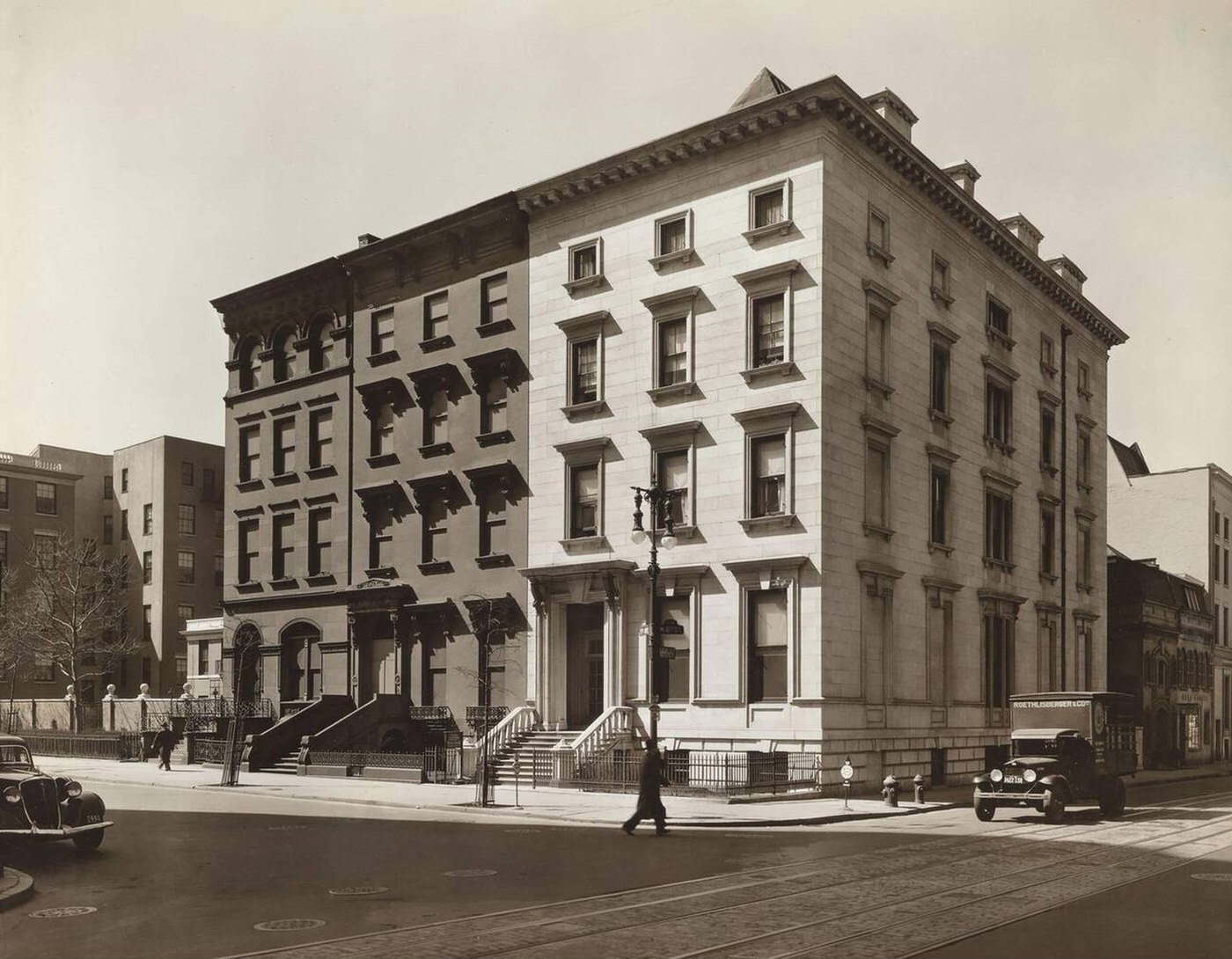
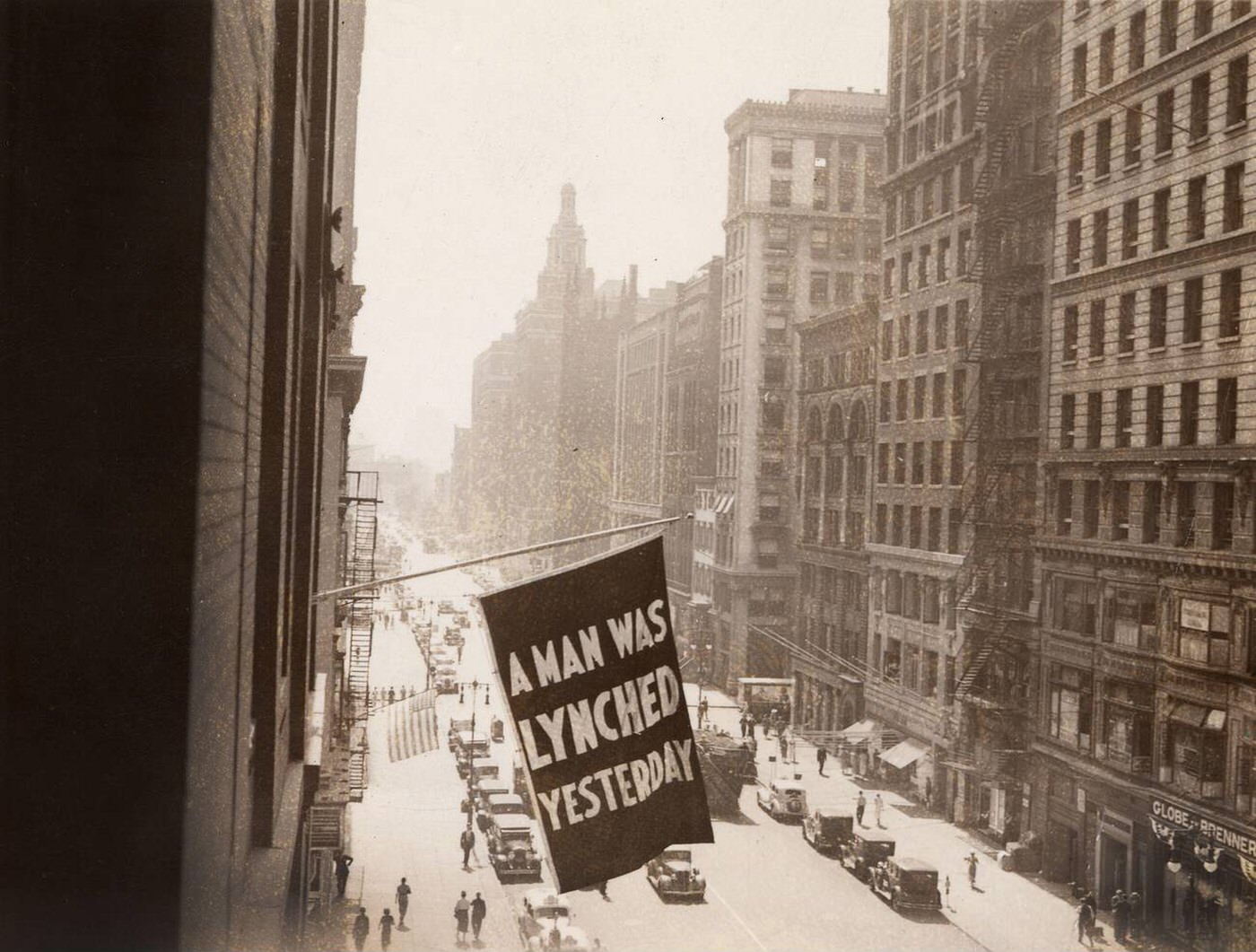
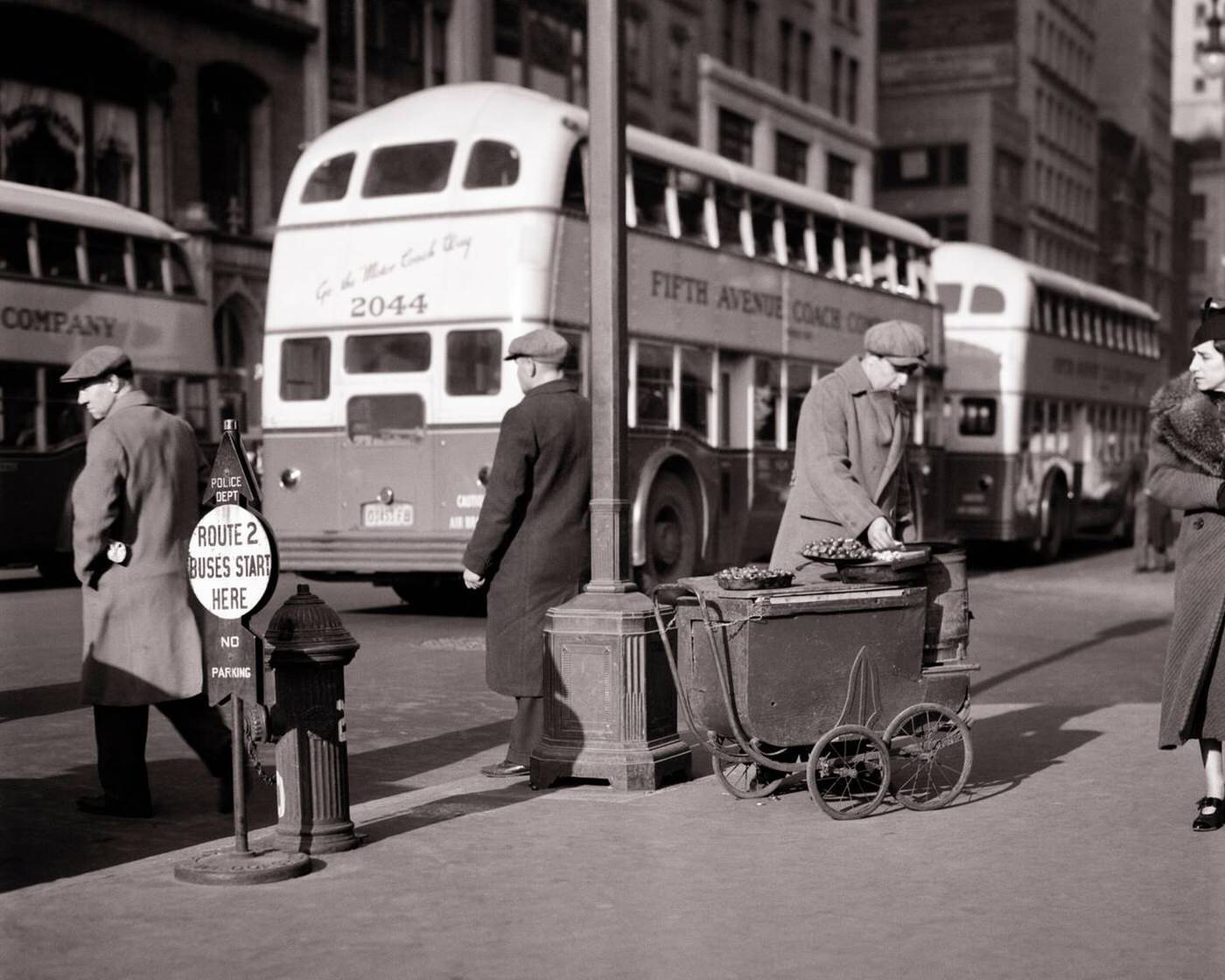
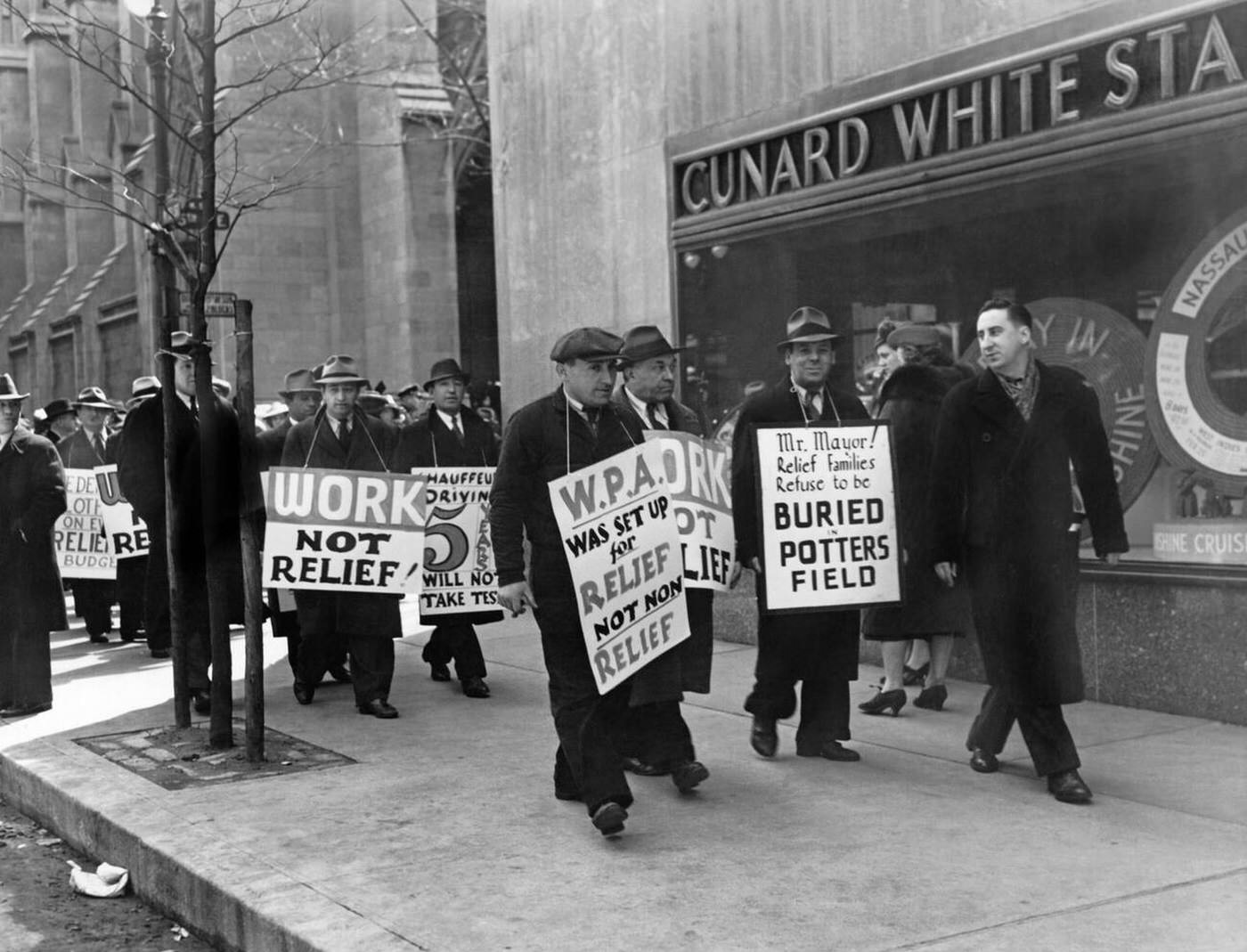
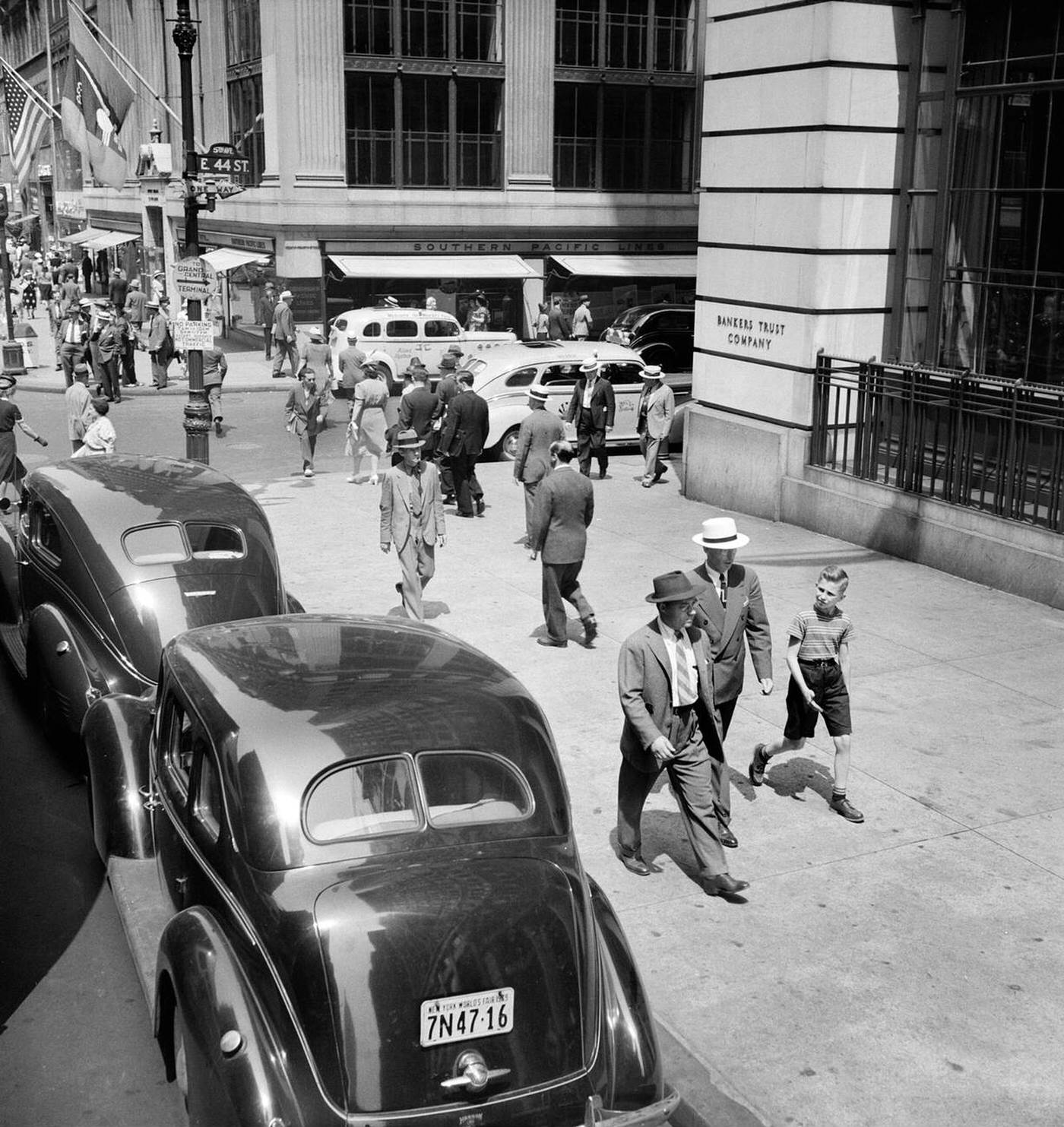

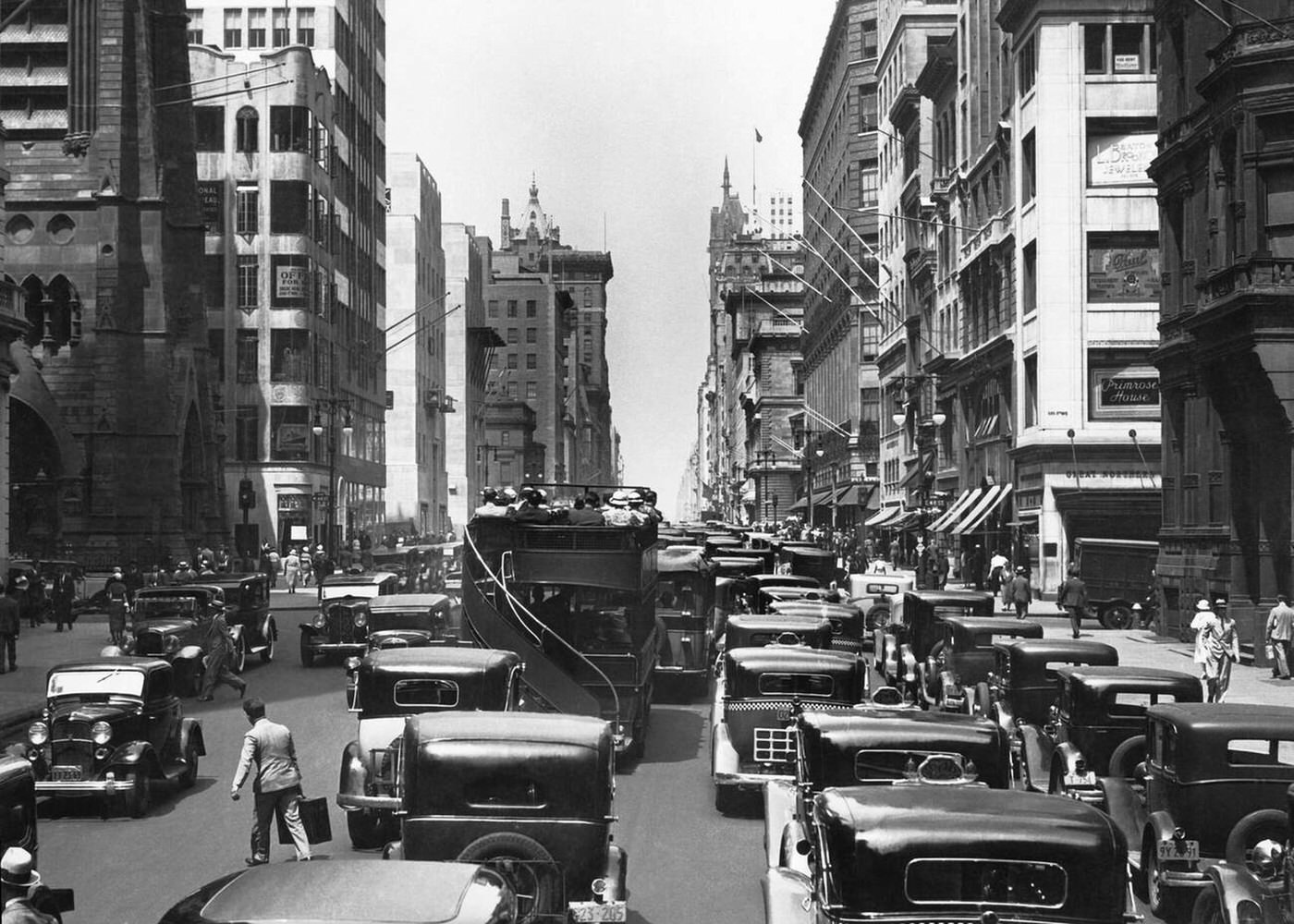
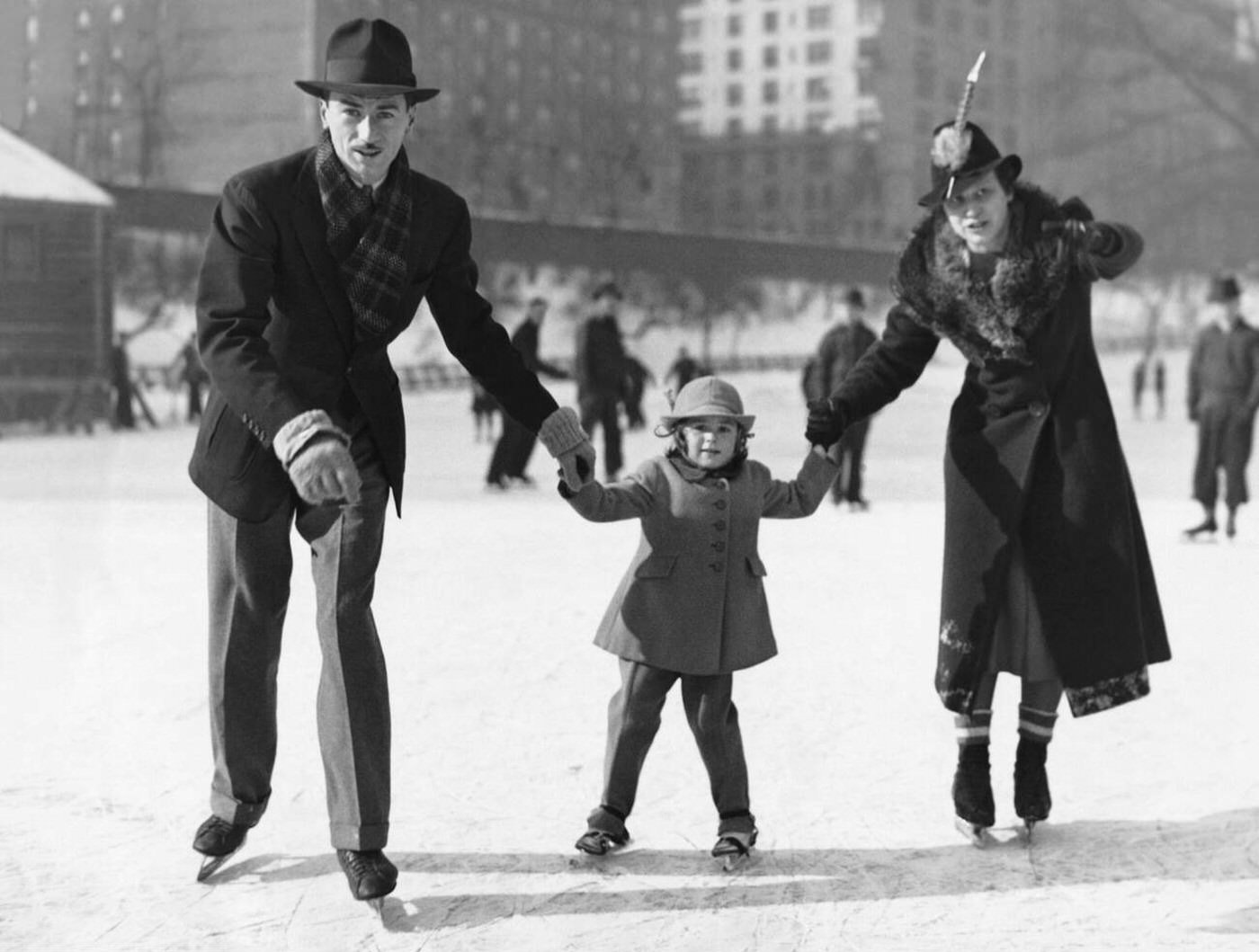


GIPHY App Key not set. Please check settings